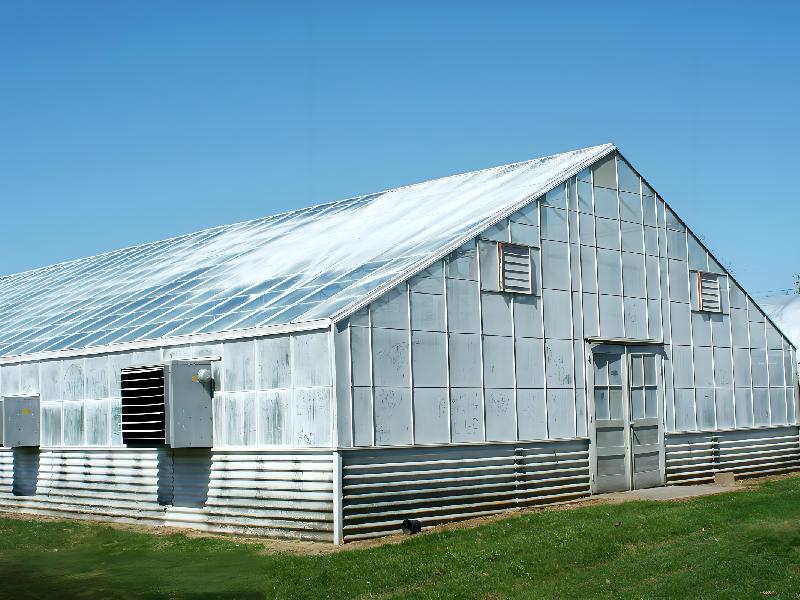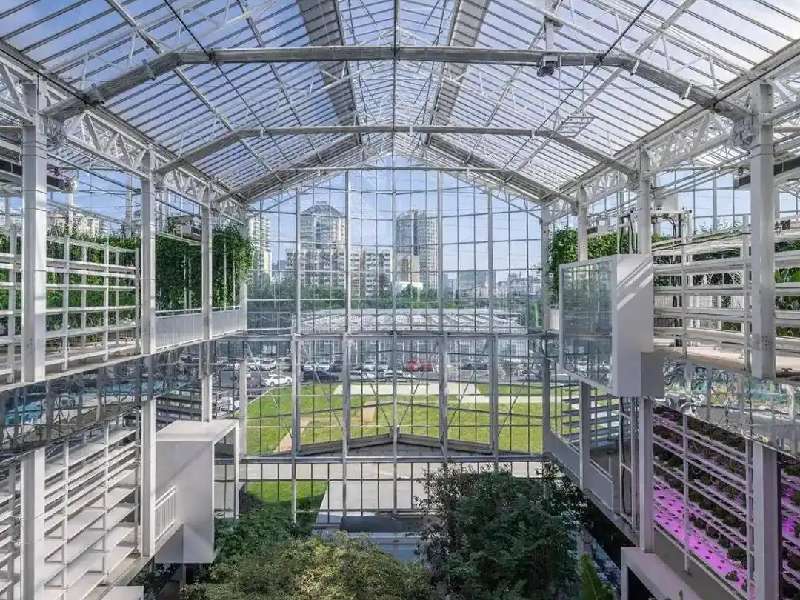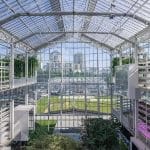Greenhouse technology, initially used to help vegetables survive the winter, has advanced significantly. It allows crops to thrive in cold seasons by controlling the internal environment. As agricultural technology evolves, greenhouse technology has expanded beyond high-altitude and temperate regions to tropical and subtropical areas. In these hotter regions, using greenhouses in summer presents challenges due to high temperatures, intense sunlight, and humidity.
Vital factors to consider if you plan to use greenhouses in arid or hot areas. In this post, INSONGREEN – a professional greenhouse manufacturer, will discuss building efficient greenhouses in hot climates, covering greenhouse design, materials, ventilation systems, and cooling techniques.
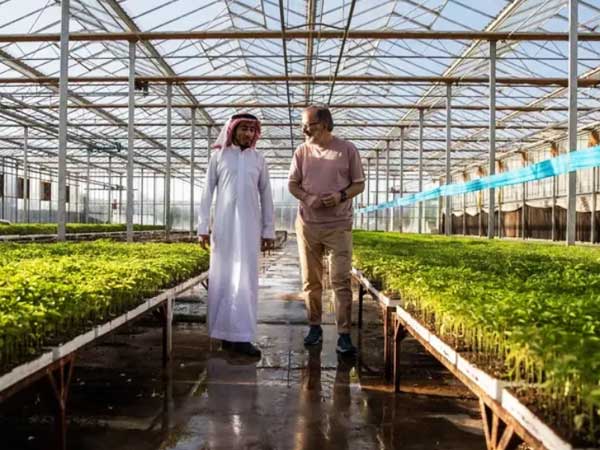
Part 1: Greenhouse Design
Whether a hobbyist or a professional agricultural company, you must carefully consider the type of greenhouse to build or buy, especially in hot and arid climates. This includes evaluating the essential features needed to ensure optimal performance.
1. Ventilation System
Ventilation is crucial for air circulation in hot climates. Natural ventilation, which doesn’t require electricity, relies on the temperature difference between the inside and outside of the greenhouse and wind power. This is achieved through windows and roof vents, allowing airflow and reducing indoor temperature. It saves energy, reduces humidity buildup, and lowers the risk of pests and diseases.
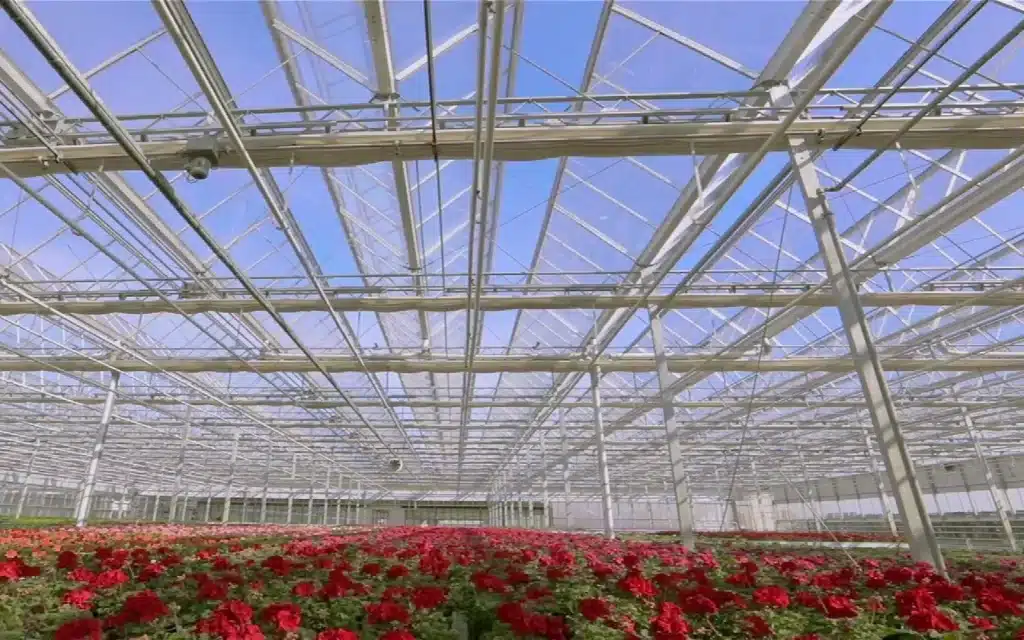
Fan ventilation is another method that works in all weather conditions. Fans force air movement to remove heat from the greenhouse quickly. This is especially useful in areas with weak winds or small temperature differences, ensuring fresh air inside the greenhouse. Fan ventilation can be combined with wet curtain systems to enhance cooling, maintaining an optimal temperature for crop growth. Using natural and fan ventilation, you can adjust air circulation based on weather conditions and crop needs.
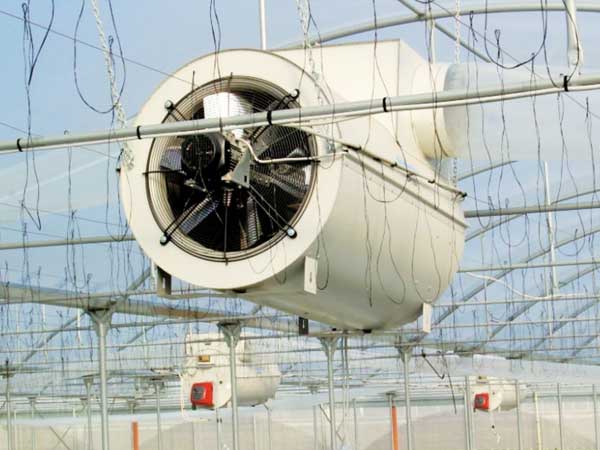
2. Shading System
Shading is essential for achieving high yields in hot climates. Basic polytunnels can use knitted plastic shade nets for quick and effective shading. Larger modern greenhouses often employ retractable curtain systems, using electric rollers to open and close the shade curtains. These systems reduce direct sunlight exposure while meeting crops’ light and heat requirements, ensuring the optimal temperature for growth.
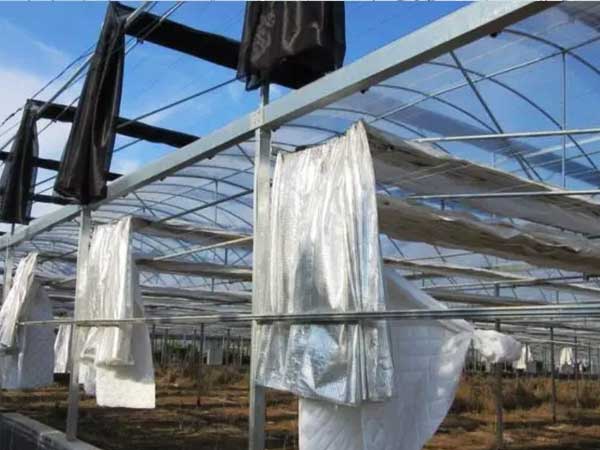
Modern greenhouses’ internal shading systems also create an insulation layer between the shade and the greenhouse top, slowing down external heat entry. Combined with cooling systems, this effectively reduces greenhouse temperature.
3. Cooling System
In extremely hot climates, ventilation and shading may not be enough. Cooling systems ensure suitable indoor temperatures, preventing crop overheating and drought. Evaporative cooling fans and pad systems are common and effective. Fans draw air through wet pads, converting excess heat to water vapor and lowering temperature. This process also increases air humidity, reducing plant water loss and preventing wilting.
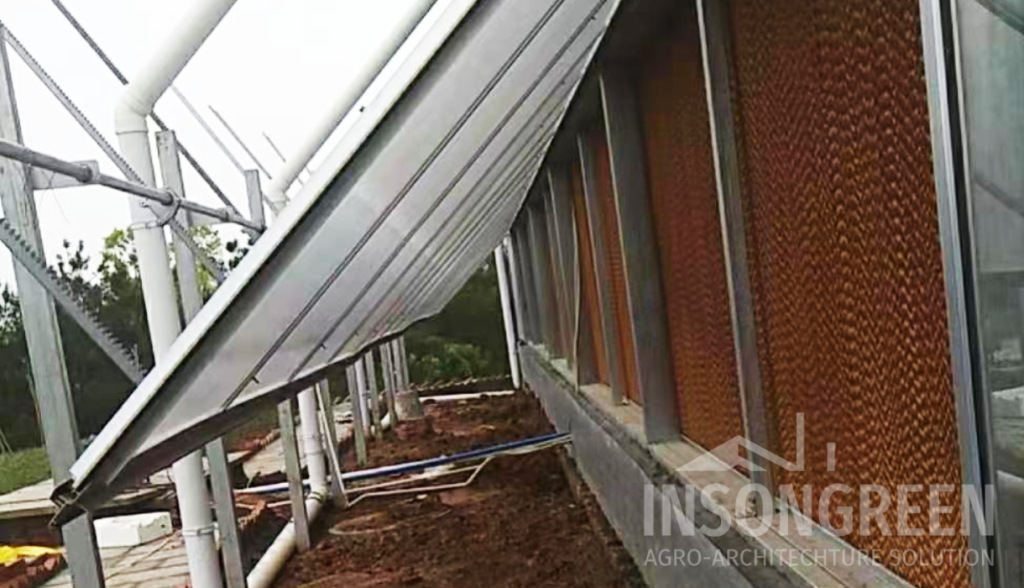
High temperatures increase plant transpiration, causing significant water loss. Increased humidity helps mitigate this. The evaporative cooling system also reduces watering needs. Lower temperatures and higher humidity reduce water demand, saving water and lowering operating costs. Adjusting the cooling system’s operation creates a stable and suitable crop growth environment.
4. Other Systems
Other systems play vital roles in hot climates, especially in arid or saline areas. Drip irrigation is an efficient method that significantly improves water use efficiency. It delivers water directly to crop roots, reducing evaporation and leakage and ensuring effective absorption. This system is particularly suitable for water-scarce areas like deserts and saline lands. Drip irrigation saves water and increases crop growth rate and yield through precise control of water and fertilization.
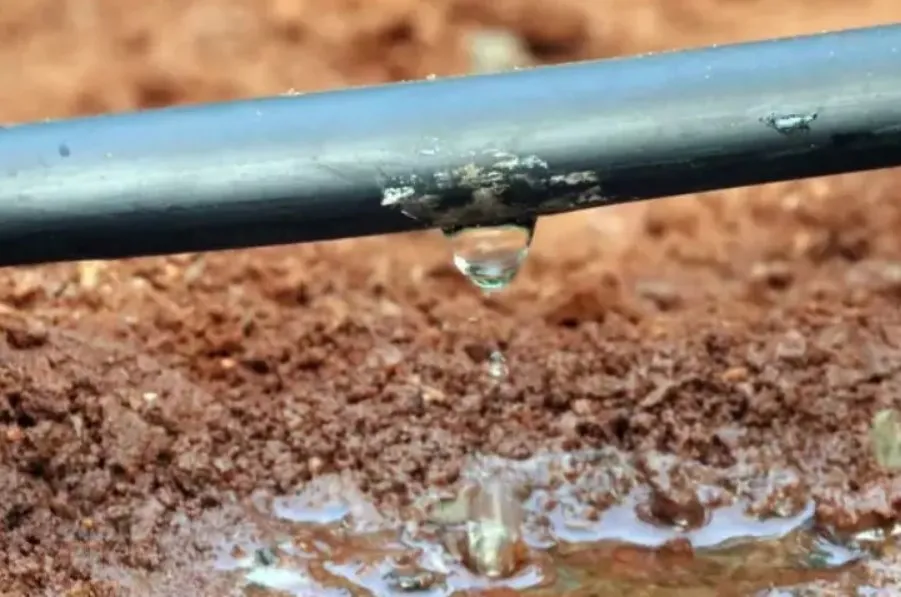
Part 2: Greenhouse Materials
Choosing the right greenhouse materials, including covering materials and shading materials, is crucial in hot areas or seasons. For hot regions, we recommend using PC sheets or glass as coverings. PC sheets are preferred due to their UV protection layer, making them more suitable than glass for hot areas. If you prefer glass, apply a sunscreen coating before summer. This coating will gradually wash away with rain, providing more heat in colder weather.
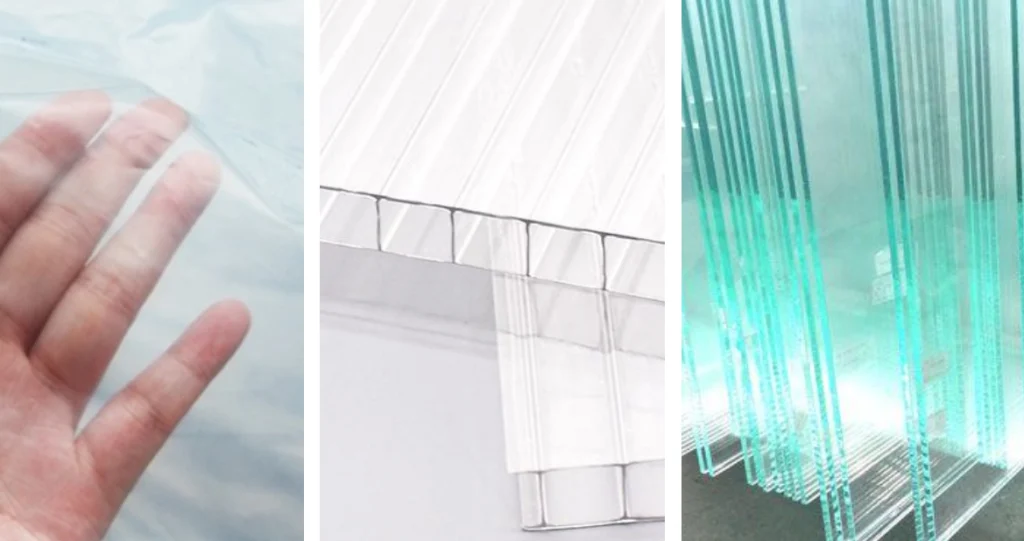
HDPE shade nets and aluminum curtains are commonly used for shading. HDPE shade nets are economical and durable, blocking direct sunlight and reducing temperature. They can be chosen based on crop needs and are available in various shading rates (30% to 90%). HDPE shade nets can also be UV-stabilized and antioxidant-treated to extend their lifespan. However, they usually absorb heat and are primarily used outside greenhouses.
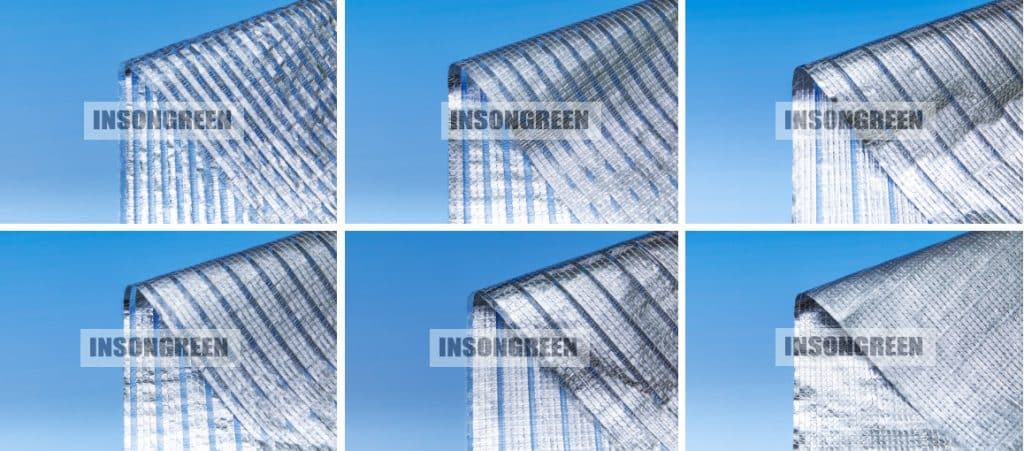
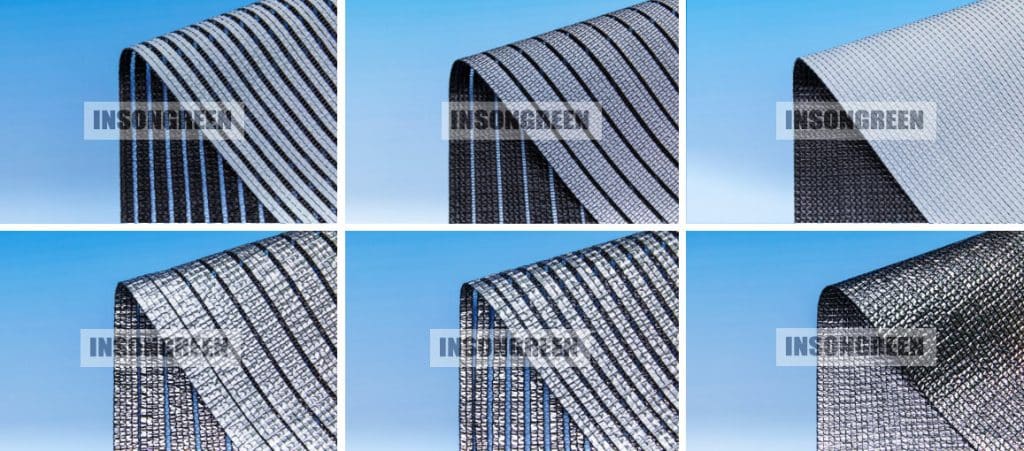
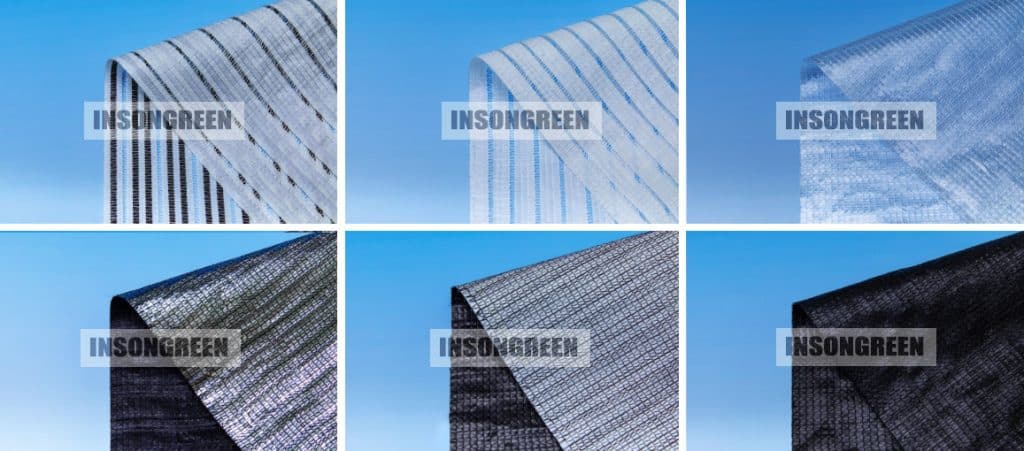
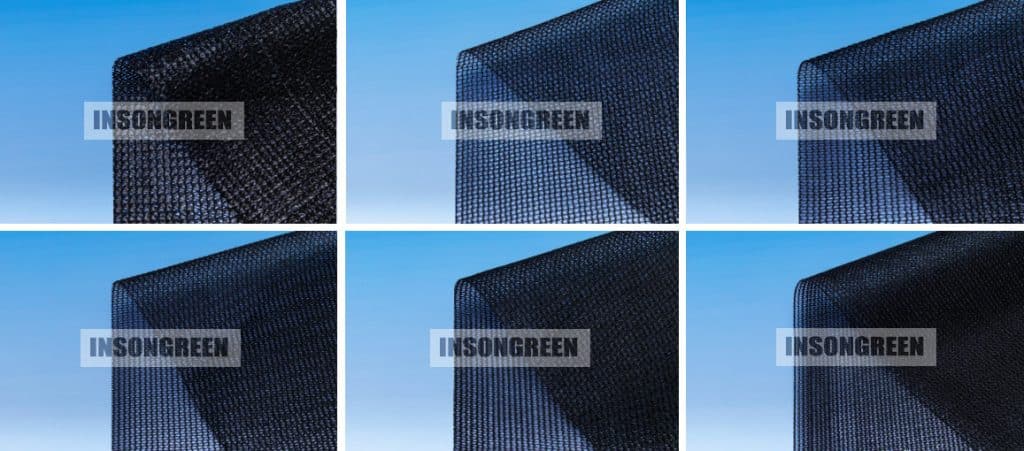
Aluminum curtains, a premium shading material, offer higher reflectivity and durability. They reflect sunlight without absorbing heat, significantly lowering greenhouse temperature. However, high-quality greenhouse curtains are initially more expensive.
Part 3: Greenhouse Layout and Structure
Besides design and materials, the layout and structure of the greenhouse in hot regions affect its cooling capacity.
1. Structural Design
We recommend high tunnel arch structures or Venlo-type greenhouses in tropical and subtropical areas. These shapes better reflect energy and improve ventilation. For small home greenhouses, ensure deep foundations or secure ground anchors to prevent instability in solid winds.
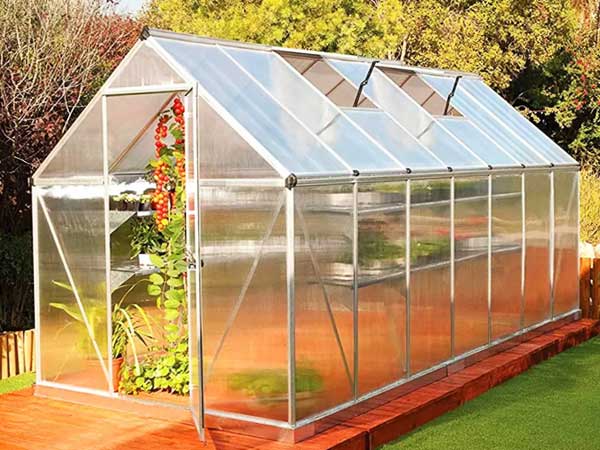
2. Geographic Location Selection
Choose locations with minimal sun exposure throughout the day to minimize direct sunlight. Wind direction affects ventilation, so orient your greenhouse to block summer winds along the sidewalls. Consult local weather stations for detailed information. Avoid trees or buildings that block wind, aiding ventilation.
Part 4: Energy-Saving Measures
Passive cooling techniques, such as natural ventilation, shading, reflective curtains, ground cover, and vegetative shading, are part of energy-saving measures. Ground cover, such as white gravel or reflective film, reduces heat absorption, lowering indoor temperature. Reflective covers bounce sunlight, reducing ground heat conduction.
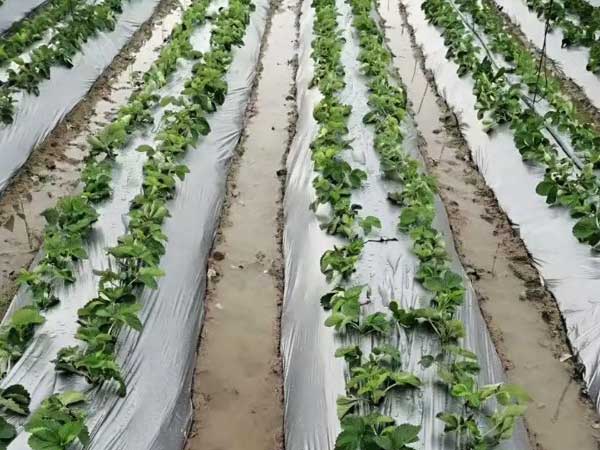
Vegetative shading, with tall plants around the greenhouse, provides natural shade, reducing direct sunlight. These plants also increase local air humidity through transpiration, improving the greenhouse microclimate.
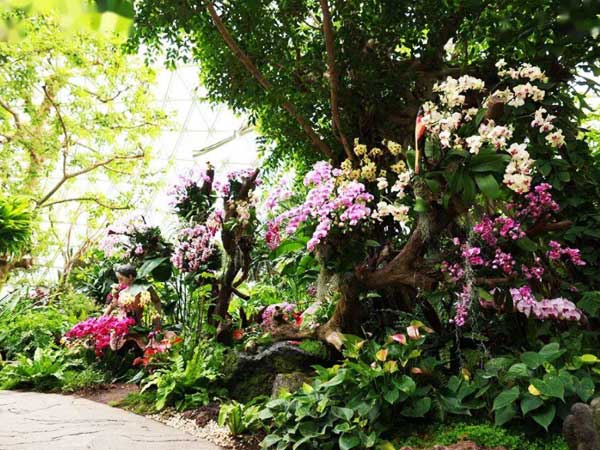
The concept of a “shade net house” has emerged. Like a greenhouse, it has a steel frame and UV-treated mesh cover. This structure suits hot climates, blocking UV rays while allowing sunlight and rain. It also prevents pests and birds, offering high breathability and energy efficiency.
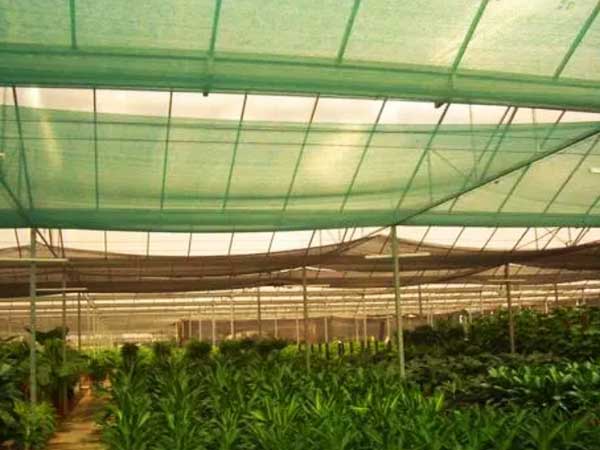
Conclusion
Choosing the right greenhouse design, materials, layout, and energy-saving measures is crucial in hot climates. Proper structural design, natural ventilation, shading systems, and cooling techniques effectively lower indoor temperature, providing a suitable crop microclimate. Using ground cover, vegetative shading, and energy-efficient structures like net houses significantly improves overall greenhouse efficiency, ensuring healthy crop growth and high yields.
As a professional greenhouse manufacturer, INSONGREEN is dedicated to providing the best greenhouse solutions. With extensive experience and advanced technology, we design and build greenhouses for various climates based on your needs. INSONGREEN helps you overcome high-temperature challenges and improve crop production efficiency in tropical or subtropical regions. If interested, contact us to learn more about our products and services.

